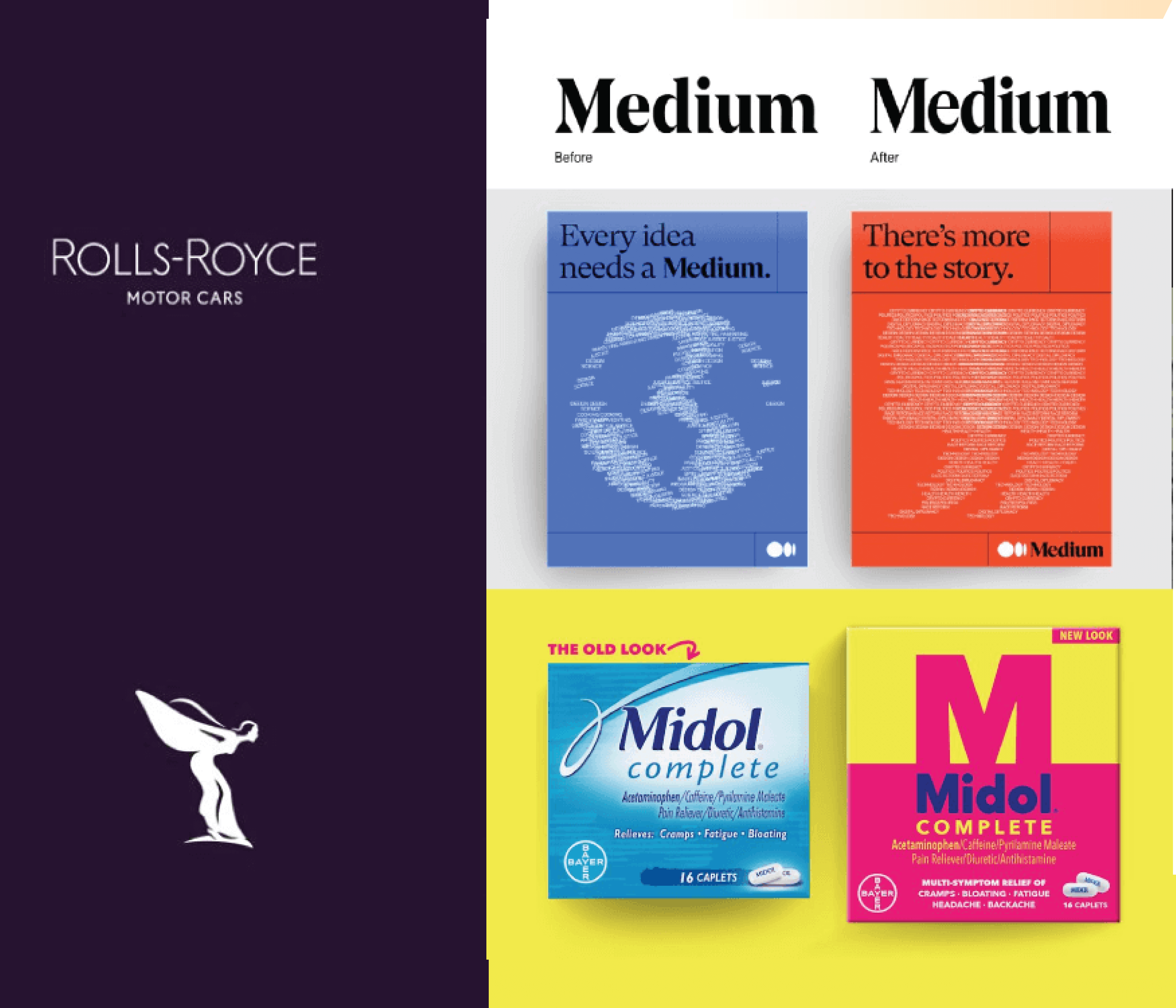Whether you’re designing fresh graphics for your blog, experimenting with animated infographics, or creating your first motion graphic, visual content marketing is an effective form of communication—but only when it’s done well. Creating strong visual content takes time, energy, resources, and knowhow. While it may be tempting to just slap together some stuff and send it out the door, to truly make an impact, you need a great story, told through compelling, high-quality design.

10 Tips for Designing Visual Content Marketing
No matter what type of visual content you’re creating, following the principles of good design is crucial. From color and typography to data design and proportion, simple tweaks can drastically improve your work. If you’re ready to elevate your visual content, here are 10 simple design tips to keep in mind.
1) Color
Use no more than five colors in a single layout. Color should be used sparingly to highlight important information.
2) Typography
All fonts should be legible and appropriate for the communication style. For more tips, find out how to choose the right typography for your brand.
3) Layout
Present content in a way that guides readers through in a logical hierarchy. Aligning the elements in a layout with each other will help maintain consistency.
4) Callouts
Use callouts sparingly to highlight only key information.
5) Space
Keep significant negative space. When too much information is in a layout, messaging becomes cluttered and incoherent.
6) Illustration
Illustration should match tone and subject matter. Only include if it enhances the content.
7) Iconography
Icons should be simple, easy to understand and universal. Remember that they’re meant to enhance comprehension, never distract.
8) Data
Don’t overwhelm the reader with multiple graphs of single data points when one combined will suffice. (For more tips on data design, learn how to design the most common charts and graphs, plus these 25 tips to improve your data visualizations.)
9) Proportion
The eye can be deceiving; make sure items are appropriately sized in data visualizations so as not to skew data.
10) Simplicity
Avoid unnecessary design, including 3D charts, ornamental illustration, or extraneous elements. Remember, too, that minimal design can also be effective—so long as you have a strong story. (For more inspiration, check out these beautiful examples of minimal infographic design.)
If you want to distribute these tips to your team, here’s a handy infographic you can share.

More Tips for Designing Visual Content Marketing
There are many factors that go into creating good visual content, from the team you work with to the content you’re visualizing. Having designed visual content for the last decade, we know firsthand what hurts and what helps. That said, if you’re looking to up your game and improve your visual content creation process, here are a few more tips that will help:
- Get your team on the same page. Make sure you have a complete creative brief before you start design.
- Make sure your visual content accurately reflects your brand identity. Use this checklist to design a complete visual identity.
- Experiment with your style. Here are 5 visual content formats to try to mix up your design.
- Nail your data basics. Download our free e-book, The Content Marketer’s Guide to Data Storytelling, for more tips on bringing your data to life.
- Stay inspired. If you’re creatively stuck, take a look at these 75 beautiful examples of infographic design.
- Cultivate a design-thinking culture. Good design can improve any form of communication, whether internal or external. Find out how to apply good design at every level of your organization.
And if your design team is short on bandwidth, or your content team could use an extra hand, let’s connect about what you need to get done.





